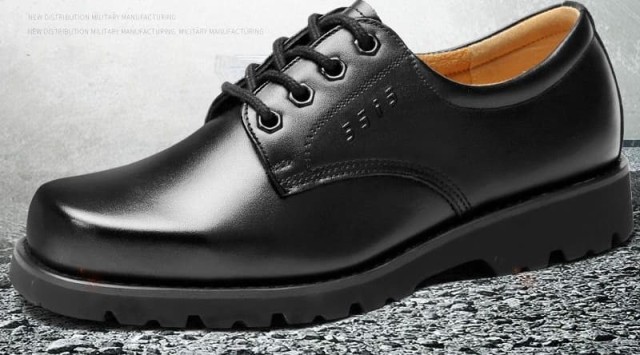Workers in hazardous environments need footwear that protects without compromising comfort. The right boots prevent injuries while ensuring productivity through thoughtful engineering—here's how modern designs achieve both.
Engineering for Hazardous Workplaces
Industrial boots act as the first line of defense against workplace hazards. Their materials and construction are rigorously tested to handle extreme conditions.
Material Science Behind Chemical Resistance
- Polyurethane (PU) composites: These synthetic materials resist oils, solvents, and corrosive chemicals while remaining lightweight. Unlike traditional leather, PU doesn’t degrade upon contact with harsh substances, preventing chemical burns.
- PVC reinforcements: Critical for workers exposed to industrial cleaners or fuels, PVC uppers create a barrier that blocks liquid penetration while remaining flexible.
Did you know? Breathable PU linings wick moisture away even in sealed environments, reducing skin irritation risks.
Waterproofing Technology in Extreme Conditions
Waterproof boots use advanced membranes (e.g., Gore-Tex) that block external moisture while allowing internal sweat vapor to escape. This dual-action system is validated by:
- ASTM F2413-18: Certifies protection against electrical hazards and punctures.
- ASTM F3445-21: Ensures slip resistance on wet surfaces—a key factor in fall prevention.
For workers in oil rigs or wastewater treatment, such features prevent trench foot and fungal infections.
Footwear Comfort as Productivity Infrastructure
Discomfort leads to fatigue, which increases error rates. High-performance boots integrate ergonomic designs that support all-day wear.
Ergonomic Sole Design and Fatigue Reduction
- Shock-absorbing midsoles: Cushioning materials like memory foam adapt to the wearer’s foot shape, reducing joint strain during long shifts.
- Arch support systems: Proper alignment minimizes lower back pain, a common issue among factory workers.
Case in point: A well-fitted heel prevents lift, reducing blisters and improving stability on ladders.
Breathability in Sealed Environments
Even fully waterproof boots prioritize airflow through:
- Perforated linings: Nano-coatings repel liquids while letting air circulate.
- Moisture-wicking insoles: Draw sweat away from the skin, maintaining comfort in steel-toe designs.
Consider this: Temperature-regulating fabrics adjust to external heat or cold, preventing overheating in foundries or frostbite in freezers.
Why This Matters for Your Workforce
Compromising on safety or comfort leads to higher injury rates and lower productivity. Boots that excel in both areas reduce absenteeism and improve morale—key metrics for any industrial operation.
Upgrade your team’s safety gear with 3515’s industrial footwear solutions. As a trusted manufacturer for distributors and bulk buyers, we deliver rigorously tested boots that meet global standards. [Contact us] to discuss custom options for your workforce.
Final thought: The best work boots aren’t just PPE—they’re engineered to keep teams safe, comfortable, and focused on the job.
Related Products
- Wholesale Customizable Suede Safety Boots - Puncture-Proof with Velcro Closure
- Customizable Anti-Smash Safety Boots for Wholesale & Private Label Manufacturing
- Wholesale Safety Footwear Manufacturer for Bulk & Custom OEM Orders
- Wholesale Mesh Steel Toe Safety Shoes with Dial Closure Factory Production
- Safety Footwear Wholesale Manufacturer for Custom OEM/ODM Production
Related Articles
- How to Choose Work Boots That Match Your Job Demands and Safety Needs
- Steel Toe Work Boots: Balancing Safety and Comfort for Demanding Jobs
- How to Choose Work Boots That Match Your Job's Safety Demands
- How Safety Work Boots Engineer Protection: Features and Standards for Targeted Hazard Mitigation
- How to Extend Work Boot Lifespan: Science-Backed Care for Safety & Savings



















